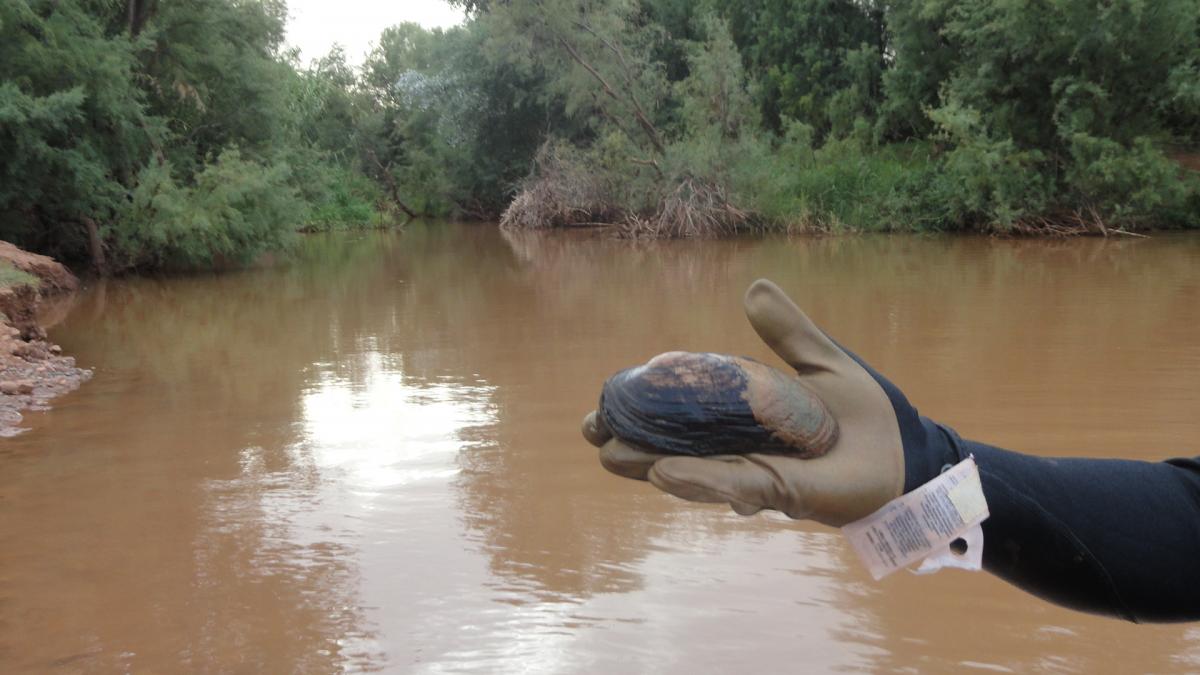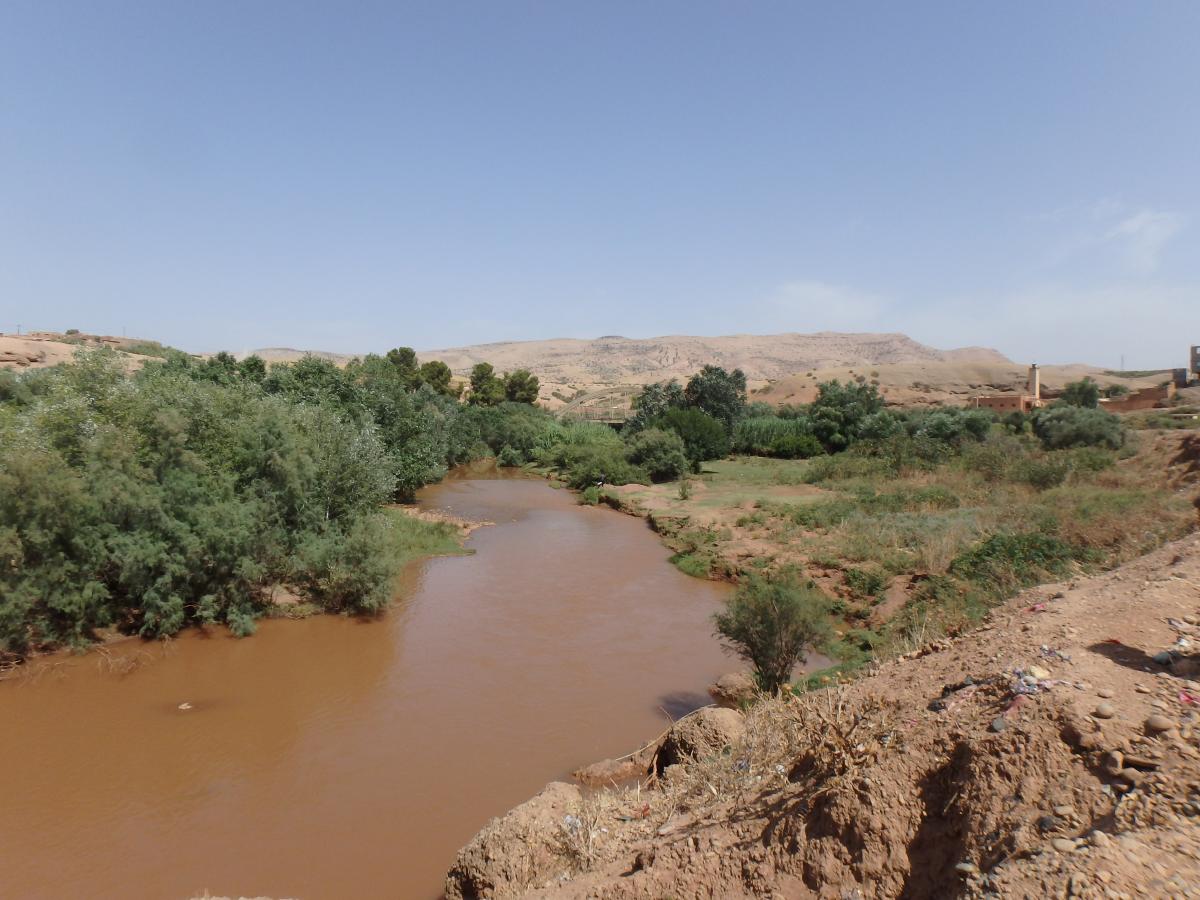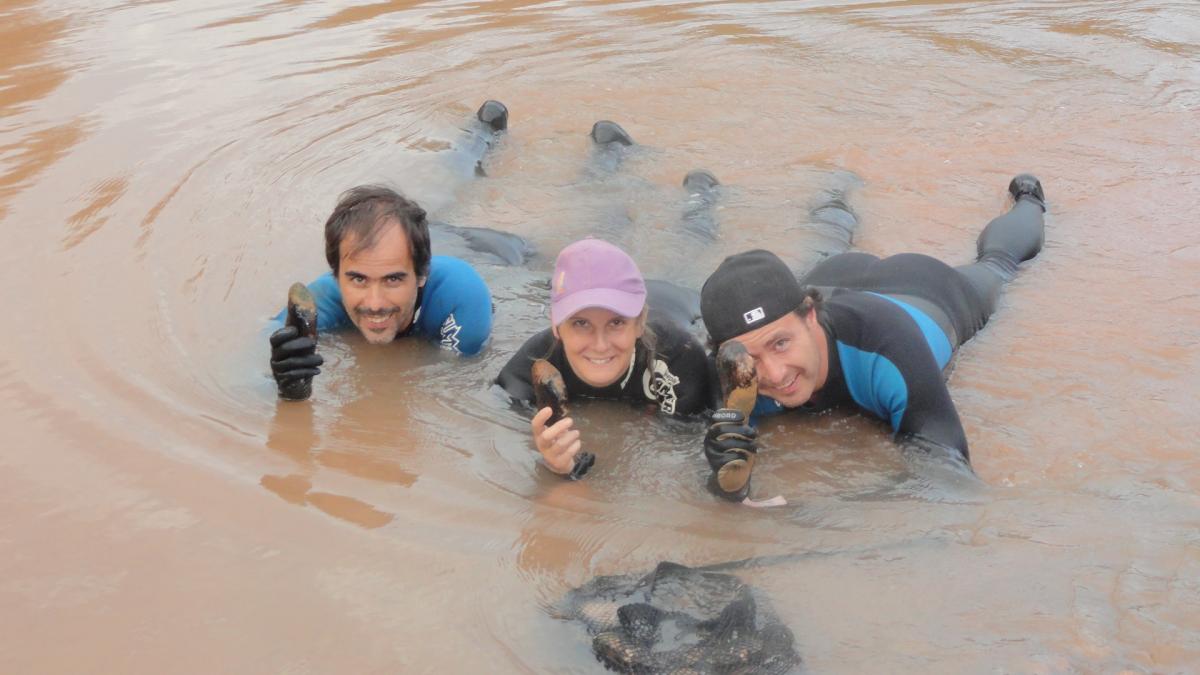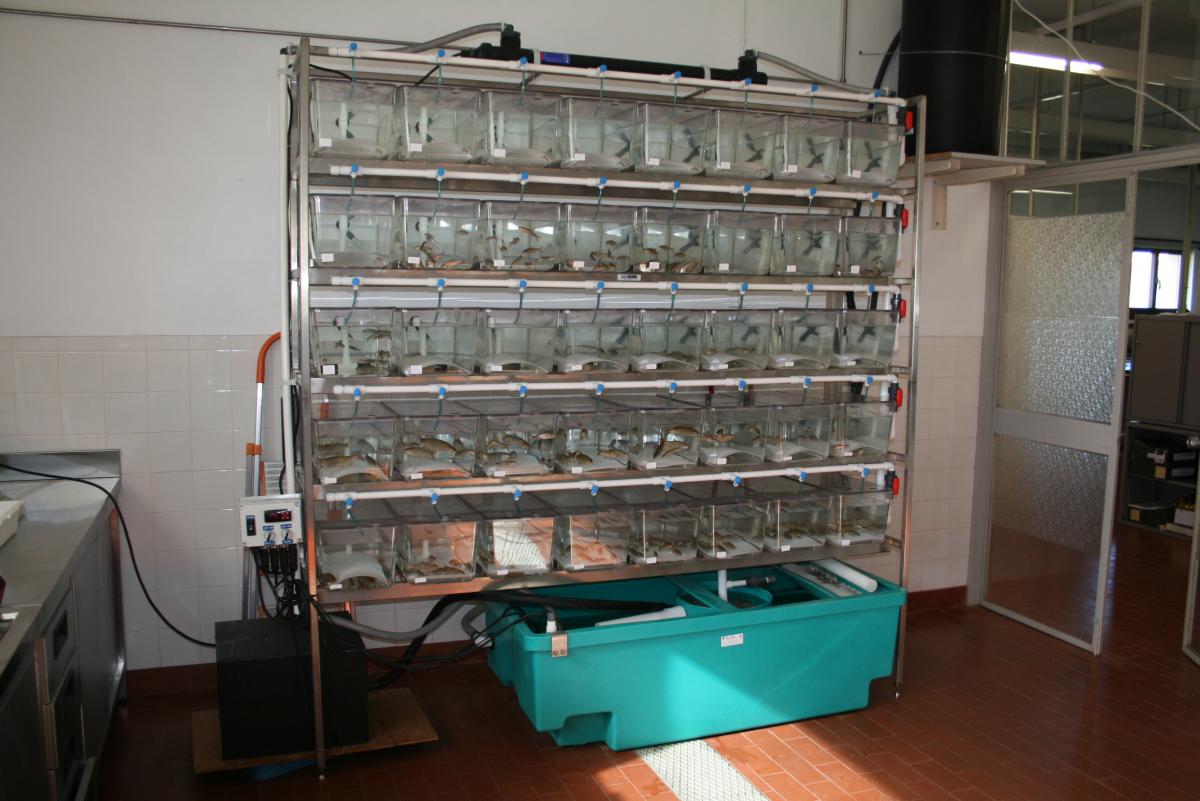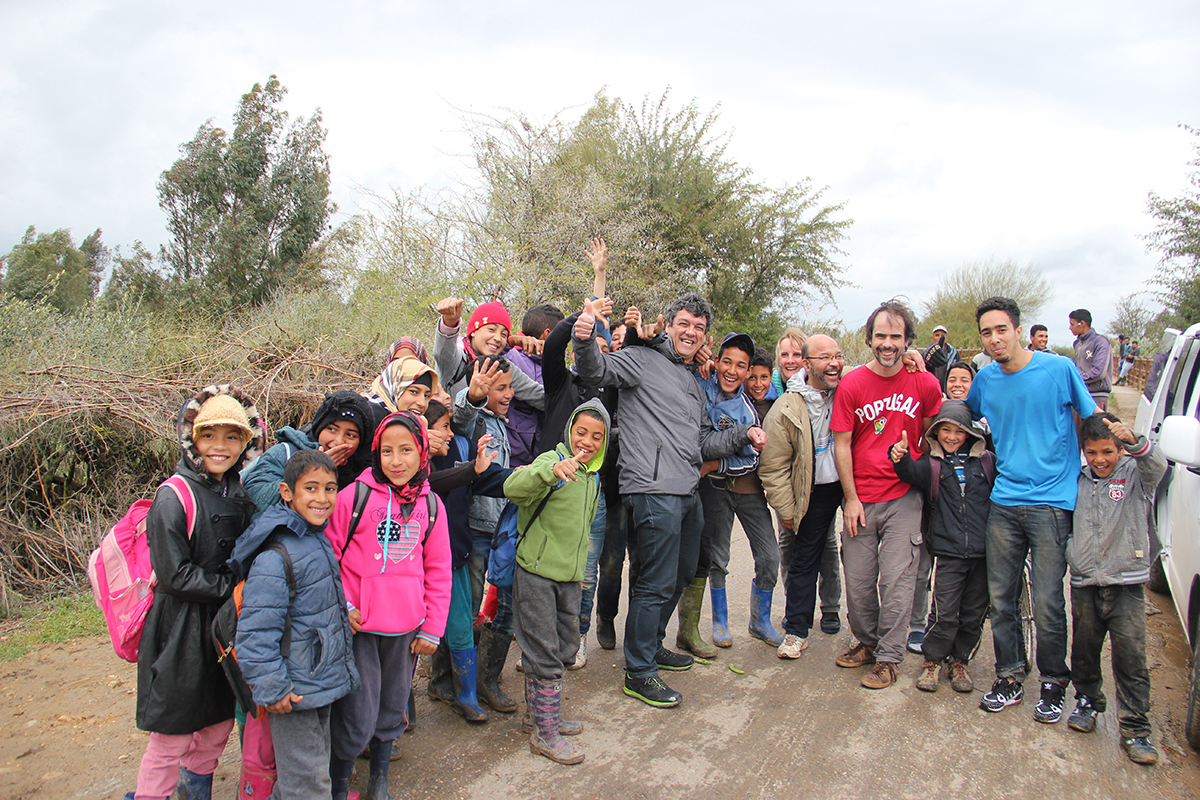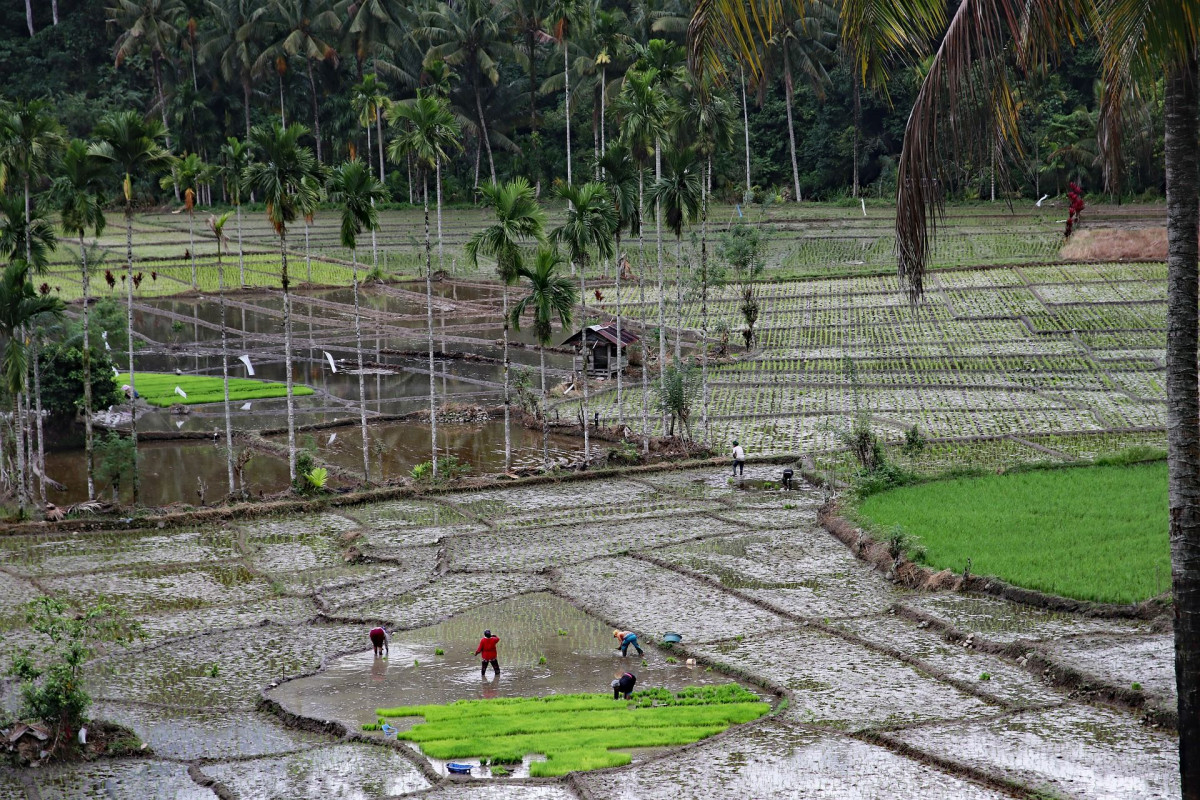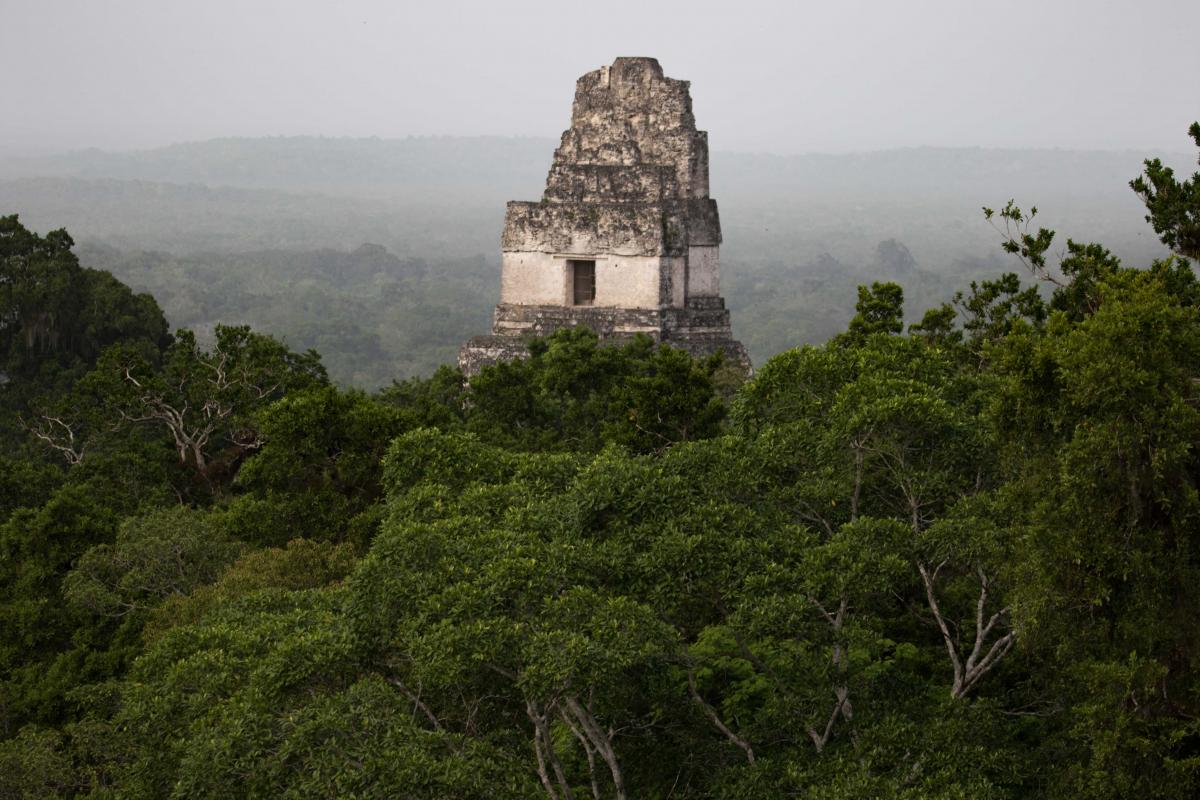Breeding the most threatened bivalve on Earth: Margaritifera marocana
How do you save a Critically Endangered river mussel species from extinction when a dam upstream and increased human disturbance in the vicinty is threatening its only known home?
That was the crux of the conservation problem concerning Margaritifera marocana – an endemic Moroccan freshwater mussel and one of the world’s most threatened species.
The solution proposed by Manuel Lopes Lima and his team was to develop an Ark and captive breeding programme. This ex-situ captive population would be formed by collecting 20 adult mussels from high density sites in the wild as well as specimens of fish species suitable to hosting mussel larvae – a critical stage in M. marocana’s life cylce.
This Ark could act as a reserve and as a source for captive breeding to reintroduce mussels at suitable sites in the future. The project would involve the construction of holding tanks and breeding facilities. In parallel a film crew would follow the project documenting the entire effort to promote this endemic Moroccan species to schools and to television audiences. The film represented an important opportunity to raise awareness via mass media about the importance and challenges in conserving less charismatic species such as M. marocana.
Just over one year since completion and with a captive population of 20 animals safely established, a review of the three month project’s activities highlights the value of the team’s achievements to date.
When completed and operational, the Ark involved two locations – an adult mussel population located in oxygenated tanks at the Faculty of Sciences University of Cadi Ayyad in Marrakech and a breeding facility at the Polytechnic Institute of Bragança, Portugal.
Given the life cycle of this bivalve and the international context of the conservation initiative, it could be said the task of creating a functioning Ark was easier said than done, however. The larvae of freshwater mussels within the Unionida order – of which M. marocana is one - require the attachment to fish to metamorphose into the adult stage. The larvae use this behaviour for nutrition and dispersal upstream. Thus suitable fish host species had to be identified; sourced and housed alongside the mussels.
The team’s plan was to keep the adult mussels in Morocco, transferring the larvae to the Portuguese facility to join the host fish and eventually to be returned to the wild in Morocco upon maturation. Making these facilities operational included logistical and construction challenges as well as coordinated knowledge transfer between Portuguese and Moroccan team members.
Even having identified and sourced suitable host fish species from Moroccan rivers there remains a certain challenge to successfully producing larvae in captivity says Manuel. Efforts to produce larvae in captivity have so far been fruitless but the potential payback is enormous. Each female is able to release a few million larvae that need to find a suitable host fish in order to survive. When they find one, they will stay in the fish for some time as they mature. Once ready they will drop down into the river sediment as juveniles to continue growing. Each couple of adult mussels is able to produce several thousand juveniles.
The critical question to answer is whether it is the breeding system the team has developed or it is the host fish species in use that is the cause of the block in progress. To help crack the breeding conundrum, one full-time PhD student is researching reproductive physiology and propagation of Moroccan freshwater mussels at Cadi Ayyad. Meanwhile, Manuel’s team remain optimistic noting there have been breeding successes at Cadi Ayyad with other species from the Unionida order in the past. What is more, the captive population of M. marocana is stable and free of disease.
And while the work to deliver the world’s first captive bred M. marocana mussels continues, the conservation team has also discovered a second wild viable population of mussels in the River Boulou during the search for suitable reintroduction sites. The team is now working with Moroccan authorities to protect this wild population by expanding nearby Tazekka National Park and incorporating mussel conservation into a park management plan.
Documentation to support these efforts is critical. In addition to recently publishing two peer-reviewed papers concerning the Boulou population the team is compiling an atlas and national Red List of all freshwater mussels that will be published in Arabic, French and English while also finalising a species action plan for the conservation of M. marocana. The team hopes to publish these tools in coordination with the documentary film screening on television later this year to optimise efforts to engage authorities in protecting M. marocana – a unique piece of Moroccan heritage.
What are the expected next steps to declare this project a success? For Manuel’s team the Ark’s facilities and the cooperative systems are now in place and the wild population is more secure with 20 animals safe in the Cadi Ayyad facility in Marrakech. The discovery of a new population shows that even modest conservation financing can deliver valuable returns. It also illustrates that there remains much to discover at the site and much more to do to save this species.
To that end the conservation team assert urgent conservation measures are now required given the species' restricted distribution, its rarity, and the numerous threats that impair its future survival. These include the extension the Tazzekka National Park; improvement of the management of river flow; an increase of riparian vegetation in some stretches of the river; the establishment of national and international legislation, and further engagement of local citizens.
This story concerns just one of more than 250 threatened species supported by more than 100 projects in the SOS portfolio. Each one completed offers a wealth of practical lessons and insights into conservation action across numerous taxonomic groups and challenges. Explore the SOS interactive project map and sign up for the SOS newsletter to keep up to date on further news from our grantees and visit the project page here to learn more.
